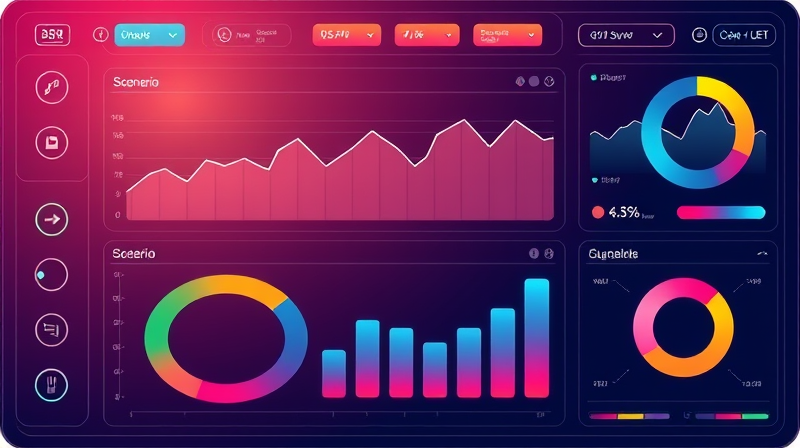
Gaining clear visibility into both profits and liquidity is essential for confident financial management. By mapping net income alongside cash flow, individuals and businesses can make informed, proactive decisions that drive sustainable growth.
Net income and cash flow are often presented separately, but viewing them in tandem offers timely insights into cash movements and profit trends. Net income measures total revenue minus expenses over a period, capturing accounting-based profit, while cash flow tracks actual inflows and outflows, revealing real-time liquidity and flexibility. When combined, these metrics help uncover timing gaps, seasonal patterns, and potential shortfalls before they become critical.
Visualizing both metrics transforms static numbers into actionable stories, making complex data easier to interpret. Whether you are planning a family budget or scaling a startup, interactive visuals provide a clear pathway to strategic planning.
Understanding key financial definitions lays the groundwork for effective visualization:
Examining net income on paper can mask liquidity risks; a profitable company may still face cash shortages if payments arrive late. By plotting both metrics on a shared timeline, you can spot anomalies, cyclical ups and downs, and periods of surplus or deficit that demand attention. This dual perspective supports strategic long-term financial decision-making and helps you adjust budgets, forecasts, and funding plans proactively.
Visualizations also enhance stakeholder alignment. Teams, investors, or family members can grasp complex financial narratives at a glance, increasing transparency and trust. In fast-moving environments, having interactive and engaging financial planning tools ensures everyone shares a common understanding of health and risk.
Different chart types serve different purposes. Selecting the right format depends on your goals and audience.
Getting started requires a systematic approach. Follow these steps to build reliable visuals:
A variety of tools cater to different levels of complexity and budget. Here are a few popular options:
ProjectionLab offers an advanced change-over-time editor with built-in Sankey diagrams and customizable modeling features. It’s ideal for startups and small businesses that need deep scenario analysis.
Notion Templates can integrate with banking APIs to pull transactions in real time. Combined with database views and calendar layouts, these templates allow individuals and families to stay on top of both net income and daily cash flow.
For those who prefer flexibility, Excel or Google Sheets enable custom formulas, pivot tables, and charting. Free web-based cash flow calculators can provide quick snapshots when you need fast estimates without building full dashboards.
Translating theory into numbers reinforces understanding. Consider a simple monthly net income example:
Plotting these values reveals a dip in March followed by a recovery. If cash on hand is $40,000 and monthly expenses average $8,000, your cash runway is 5 months. Monitoring this in a chart makes it easy to spot when you need to raise new capital or cut costs.
Cash flow visualizers empower users to:
• Track personal budgets and savings goals with clarity, ensuring you always know when big expenses loom.
• Guide small businesses through growth phases, making sure payroll and vendor payments stay on track even during expansion.
• Support financial advisors in modeling client scenarios, from real estate investments to retirement planning, with dynamic Monte Carlo simulations and sensitivity checks.
By leveraging visuals, you move from reactive accounting to proactive planning, seizing opportunities instead of scrambling to cover obligations.
Even the best visuals fail if built on flawed data. Watch out for these issues:
Cross-validate net income with cash regularly to catch timing mismatches. Don’t assume revenue receipts always clear immediately, and account for delayed payments.
Avoid overly optimistic assumptions. Delayed invoices or unexpected expenses can derail forecasts, so incorporate scenario planning and sensitivity analysis to prepare for best-case and worst-case outcomes.
Tracking net income alongside cash flow is more than a reporting exercise; it’s a strategic tool. Automating data collection, setting up live dashboards, and regularly reviewing insights will transform how you view financial health.
By embracing visual tools, you gain a clear, holistic perspective that informs every decision—from daily spending to multi-year growth strategies. Start small, refine your approach, and watch as your newfound clarity drives confidence and success.
References













